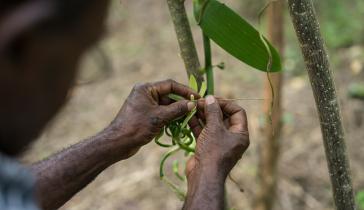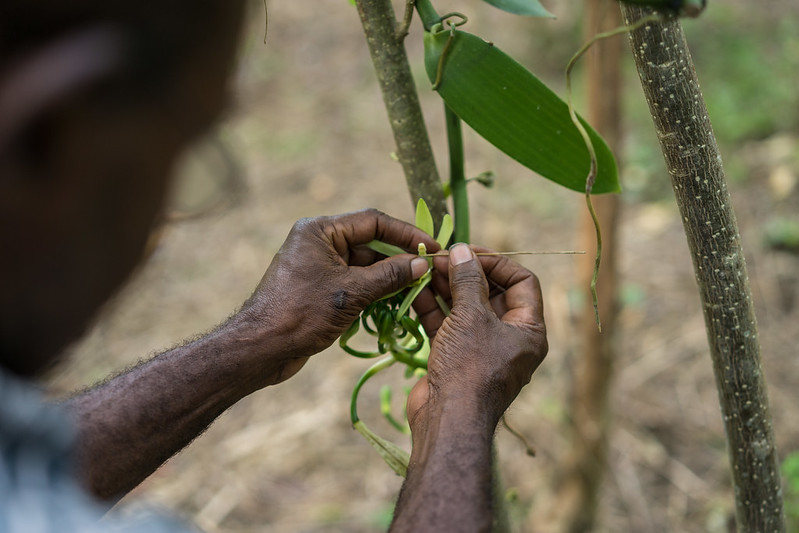In early October, it was announced Jennifer Doudna and Emmanuelle Charpentier were being awarded the prestigious Nobel Prize in Chemistry for developing the CRISPR Cas-9 system, a simple yet powerful tool for editing genomes. It allows researchers to easily alter DNA sequences and modify gene function.
They are only the sixth and seventh women to receive the chemistry prize in the category’s 119-year history. Their win sparked a mainstream—and mostly positive—interest in gene editing. So we’re here to break down what exactly gene editing is and why scientists are so excited about it specifically in the context of agriculture.
What is CRISPR?
CRISPR is a type of gene editing tool; it stands for Clustered Regularly Interspaced Short Palindromic Repeat. But it’s not the only tool by a longshot. Gene editing has been around for a while and there are least four common methods, CRISPR being one, but also:
2. TALENs (transcription activator-like effector nucleases)
3. ZFNs (zinc-finger nucleases)
4. homing endonucleases or meganucleases
What is gene editing?
Although it is a complex process, simply put, gene editing is a scientific innovation where “a scientist makes a tiny, controlled change in the DNA of a living organism,” according to Purdue University’s College of Agriculture. Dr. William M Muir, Biotechnologist at Purdue University, illustrates it this way: If you imagine our genome as an encyclopedia, then gene editing is the ability to change words, sentences, punctuation, or paragraphs.
Is gene editing the same as genetic modification?
In everyday common vocabulary, genetic modification (resulting in “genetically modified organisms” aka “GMOs”) usually refers to the kinds of genetic changes that could be made using older, “transgenic” techniques, where entire genetic sequences are added to an organism. Both gene editing and “genetic modification” are forms of genetic engineering, but they are a little different in the kinds of genetic changes that can be made. GMOs often use foreign DNA, whereas gene editing is used to make more precise changes to the plant’s own DNA. But the intent is the same: to improve an organism, whether for nutritional value or for it to survive better in its surroundings.
GMO Example: When Hawaii’s Papaya industry was in jeopardy due to papaya ringspot virus, researchers “used a genetic sequence from the virus and inserted it into the papaya genome,” as written by Cornell’s Alliance for Science. This new combination acted as a vaccine would and made the Papaya totally resistant to the ravaging disease.
Gene Editing Example: Cassavas were recently gene-edited to remove the naturally occurring cyanide content in this important staple crop. University of California Berkeley researchers used CRISPR to target the genes making the cyanide production possible, then found cassava plants where those cyanide producing genes are disrupted and effectively zipped them together so that the new cassava plants would also stop producing cyanide. Learn more in this video from the American Seed Trade Association (ASTA).
How can I learn more about gene editing?
BIO has partnered with the American Seed Trade Association on a project called Innovature. On this platform, we discuss the specific ways gene editing is helping our planet, our health, and our food. Innovature covers conversations about protecting our favorite foods, enhancing the nutritional value of our favorite foods, and how the agriculture community is helping address climate change.






.jpg?itok=5epg0qxZ)


.jpg)











.png)


